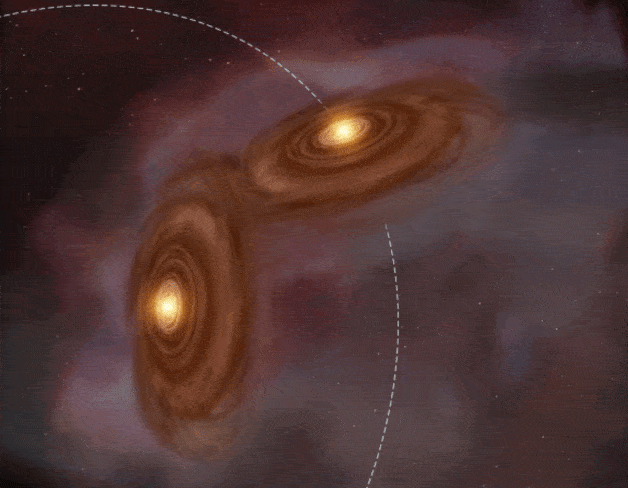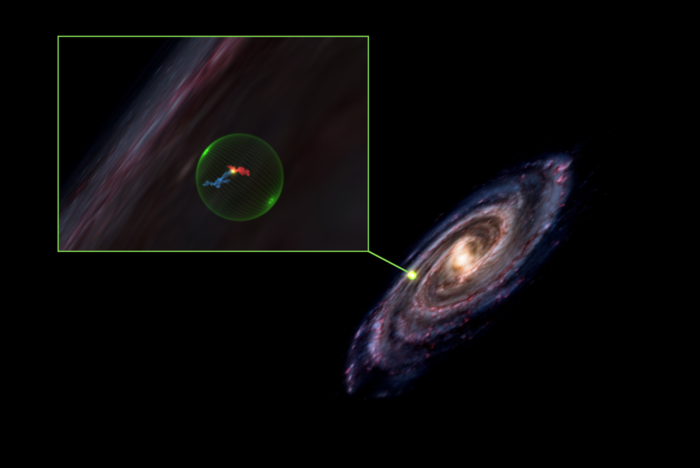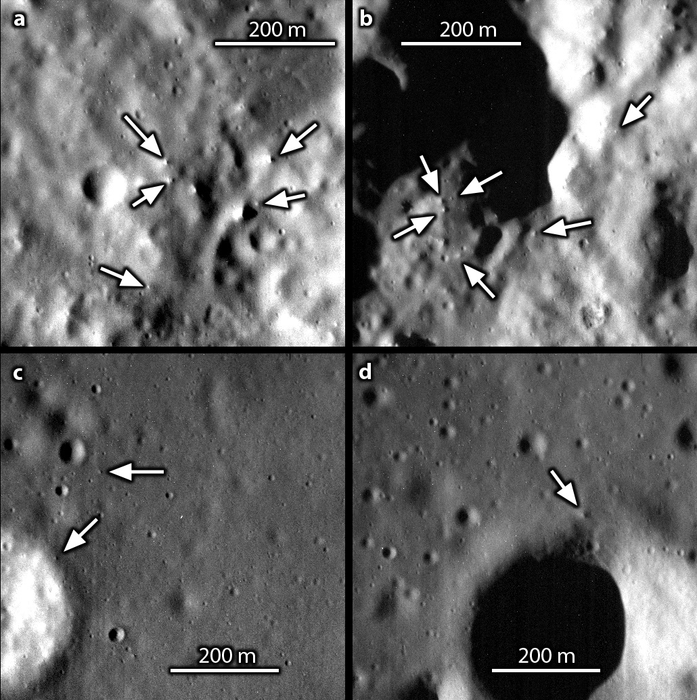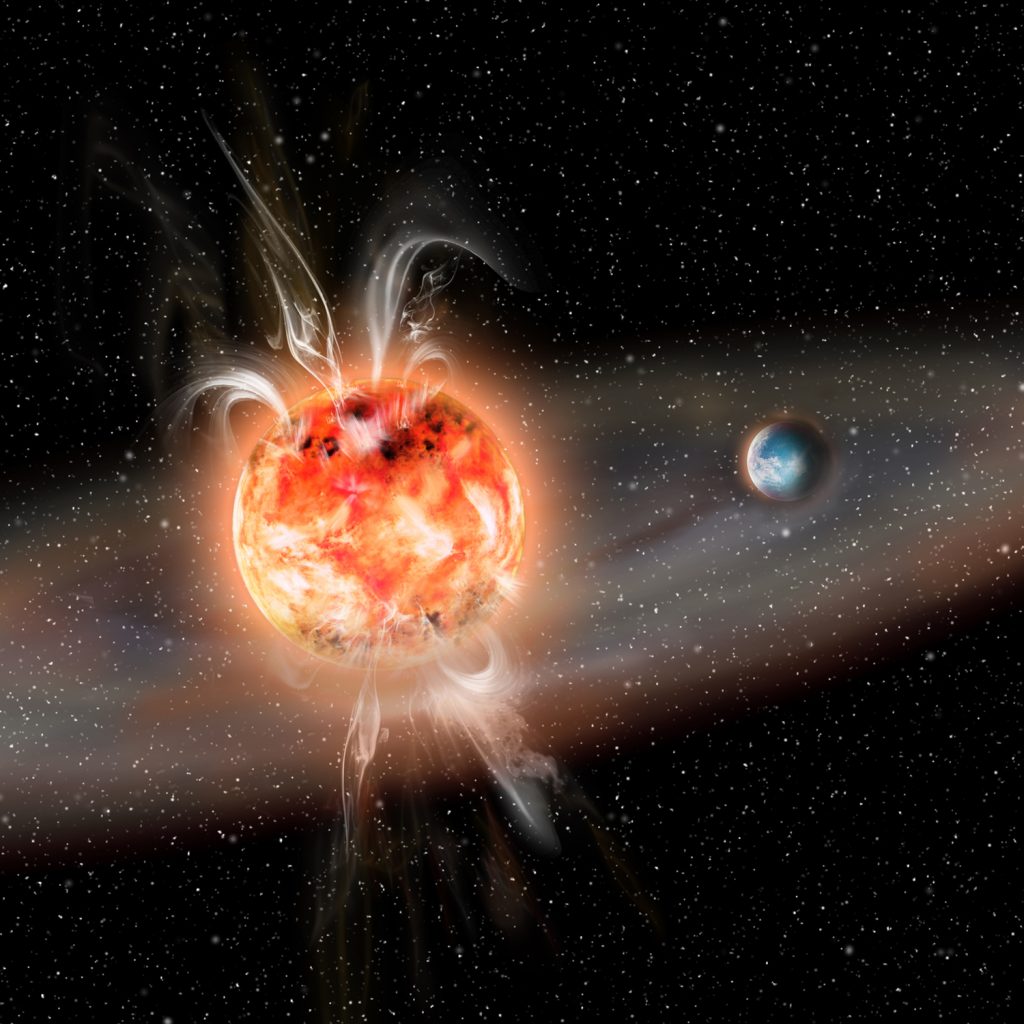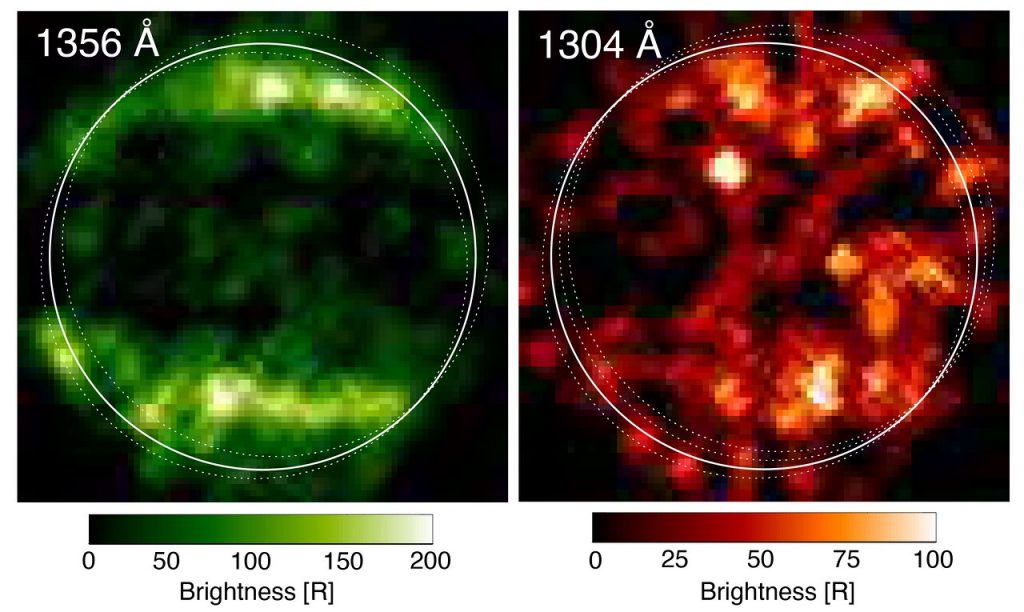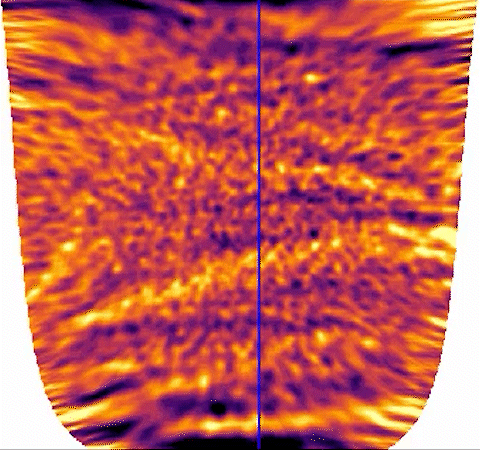Planets on a collision course
The binary star system XZ Tauri, 450 light-years from Earth, could be an interesting sight in a few billion years. As researchers have discovered with the help of the Atacama Large Millimeter/submillimeter Array (ALMA), the protoplanetary disks of the two stars are perpendicular to each other, see animation. The first planets are apparently being formed in these disks, which consist of gas and dust. When this process is complete, it should have a fascinating (but possibly dangerous) effect for the system's inhabitants: Again and again, planets belonging to another star approach and move away again - depending on the…
